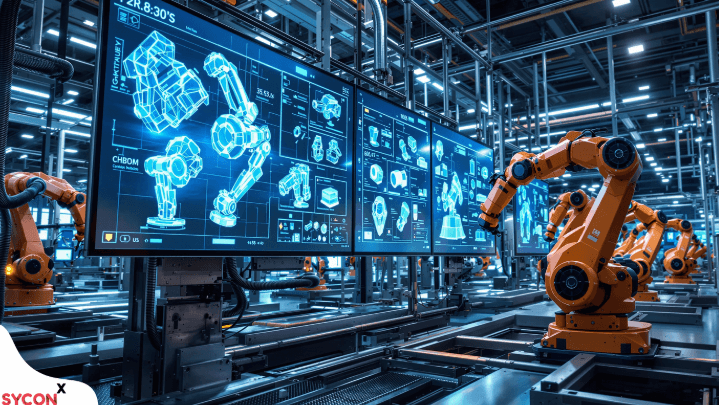How Machine Learning Is Used in Healthcare Diagnostics
Machine learning is fundamentally transforming healthcare diagnostics through advanced techniques in medical imaging analysis and predictive analytics. These algorithms enhance the accuracy of image interpretation, allowing for better identification of anatomical structures. Furthermore, they identify patterns in patient data to forecast outcomes and tailor treatment plans. This integration of technology into clinical practice raises critical questions about its implications for patient care and operational efficiency, warranting further examination of its broader impact.
Enhancing Medical Imaging Analysis
Machine learning algorithms have revolutionized the field of medical imaging analysis by enabling more accurate and efficient interpretation of diagnostic images.
Advanced image segmentation techniques enhance the precision of identifying anatomical structures, facilitating improved diagnosis.
Furthermore, radiology automation streamlines workflow processes, allowing clinicians to focus on critical decision-making.
These innovations collectively empower healthcare providers, promoting enhanced patient care through timely and accurate diagnostic insights.
See also: How Machine Learning Is Enhancing User Experience in Apps
Predictive Analytics for Patient Outcomes
Predictive analytics has emerged as a pivotal tool in assessing patient outcomes, leveraging vast datasets to identify patterns and correlations that inform clinical decision-making.
Through advanced algorithms, healthcare providers can conduct risk assessments, enabling more accurate outcome forecasting.
This data-driven approach enhances the ability to anticipate patient needs, ultimately improving care quality and operational efficiency while fostering a more proactive healthcare environment.
Personalized Treatment Plans Through Data Insights
A growing body of evidence supports the efficacy of personalized treatment plans, which leverage data insights to tailor interventions to individual patient needs.
Conclusion
In conclusion, machine learning is transforming healthcare diagnostics through advanced imaging analysis and predictive analytics. Notably, studies indicate that the incorporation of machine learning algorithms can improve diagnostic accuracy by up to 20%, significantly reducing the likelihood of misdiagnosis. This enhancement not only streamlines clinical workflows but also fosters a more personalized approach to patient care, ultimately contributing to better health outcomes and operational efficiencies within healthcare systems. The implications of these advancements are profound and far-reaching.





